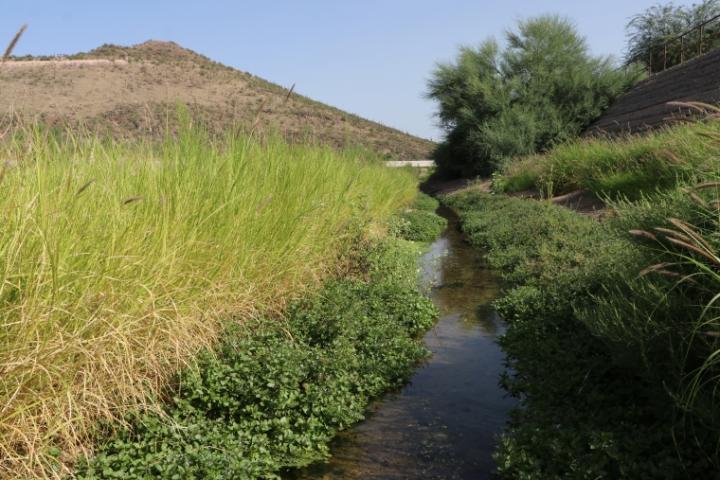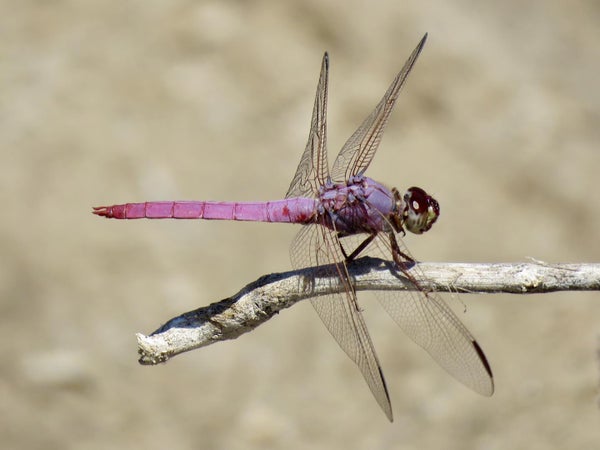
Reclaimed water brings biodiversity back to the Santa Cruz River. Credit: Rosemary Brandt College of Agriculture and Life Sciences, University of Arizona
In the 1800s, many rivers in the American West were diverted for irrigation or dammed for generating electricity. So rapidly expanding cities began tapping into groundwater. Add climate change into the mix, and you can see how an already arid desert can become even more parched.
The banks of the Santa Cruz River in southeastern Arizona were described in 1855 as “covered with poplars and willows, ash trees and plantains, oaks and walnut trees.” But a century later the river was gone.
On supporting science journalism
If you're enjoying this article, consider supporting our award-winning journalism by subscribing. By purchasing a subscription you are helping to ensure the future of impactful stories about the discoveries and ideas shaping our world today.
“It was the original river of Tucson and the reason the city is here.”
Ecologist Michael Bogan from the University of Arizona. Seventy years after it ran dry, the city of Tucson decided to release treated wastewater back into the riverbed—around 2.8 million gallons each day. Bogan went to participate in the festivities when the valves were opened in June 2019.
“Everybody was splashing around in the water, excited to see water back in the river. And what I immediately got sidetracked with was the number of dragonflies that I was seeing.”
Within a few hours, Bogan counted seven different species of dragonflies. He even saw dragonflies and damselflies mating and laying eggs—at a river that had not existed earlier that day.
“And so I was like, ‘Oh my gosh, I need to study this. This is so cool, that these species are coming back so fast.’”
Just three months later, the Bogan’s team had documented roughly the same abundance and diversity of dragonflies that they’d seen in other parts of the river that have been flowing for years. Also abundant were mayflies and caddis flies. These invertebrates are indicators of a healthy aquatic ecosystem. The results are published in the journal PeerJ. [Michael T. Bogan et al. If you build it, they will come: Rapid colonization by dragonflies in a new effluent-dependent river reach]
“Most important is: just add water to these ecosystems. The species will find a way to get back there if you just put water back into these systems that we’ve dried up. The longer you can put water, and the more water you can put in, that’s great for creating a more diverse habitat and a greater abundance of species. But really, the simple answer is: just add water; that’s all we have to do to restore a lot of species.”
Still, this is a manufactured ecosystem. It’s not as if this artificially charged river is identical to the natural one that existed a century ago.
“We like to call them managed ecosystems. They do have a lot of natural aspects, these species are coming in there on their own. But they rely on, in this case, the City of Tucson and Tucson Water for releasing that water. Without the city doing that, they would have nothing.”
Bogan calls on urban planners and city officials to collaborate with ecologists and biologists to maximize the beneficial effects of biodiversity while still achieving the goals of urban development.
—Jason G. Goldman
[The above text is a transcript of this podcast.]

